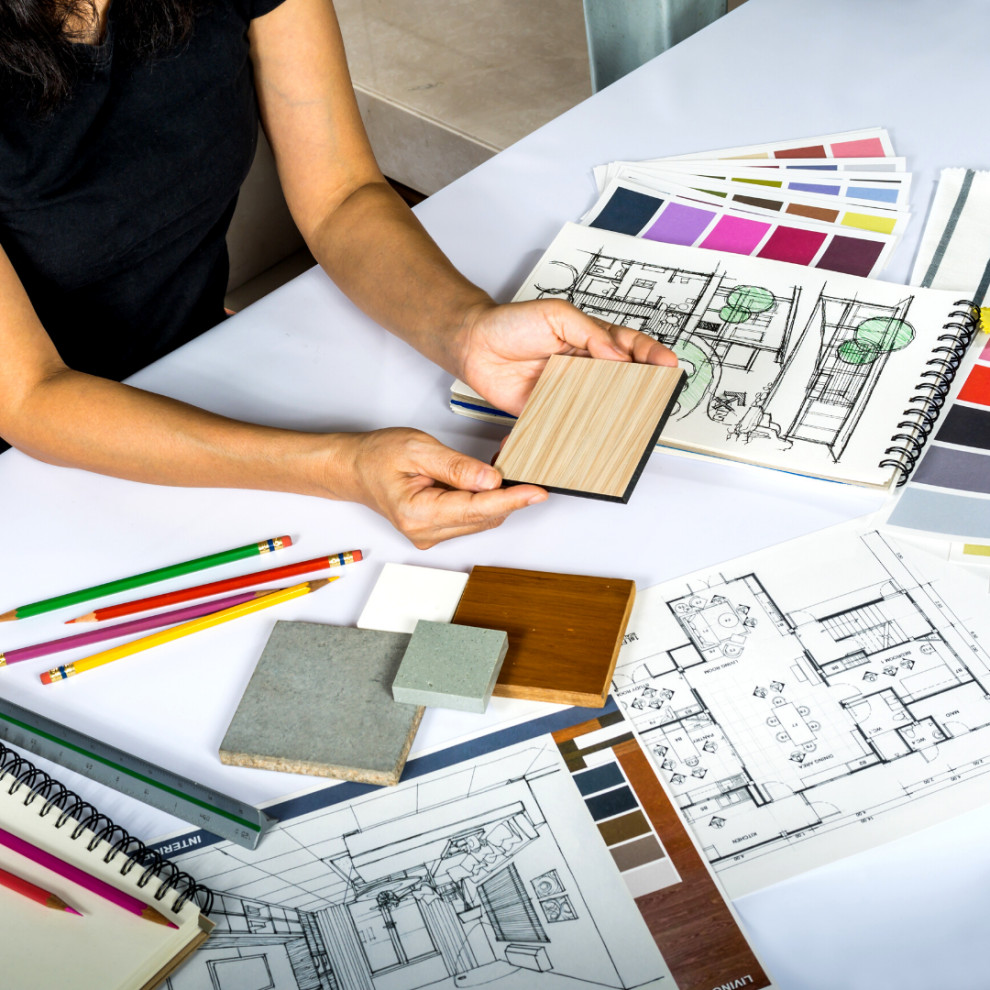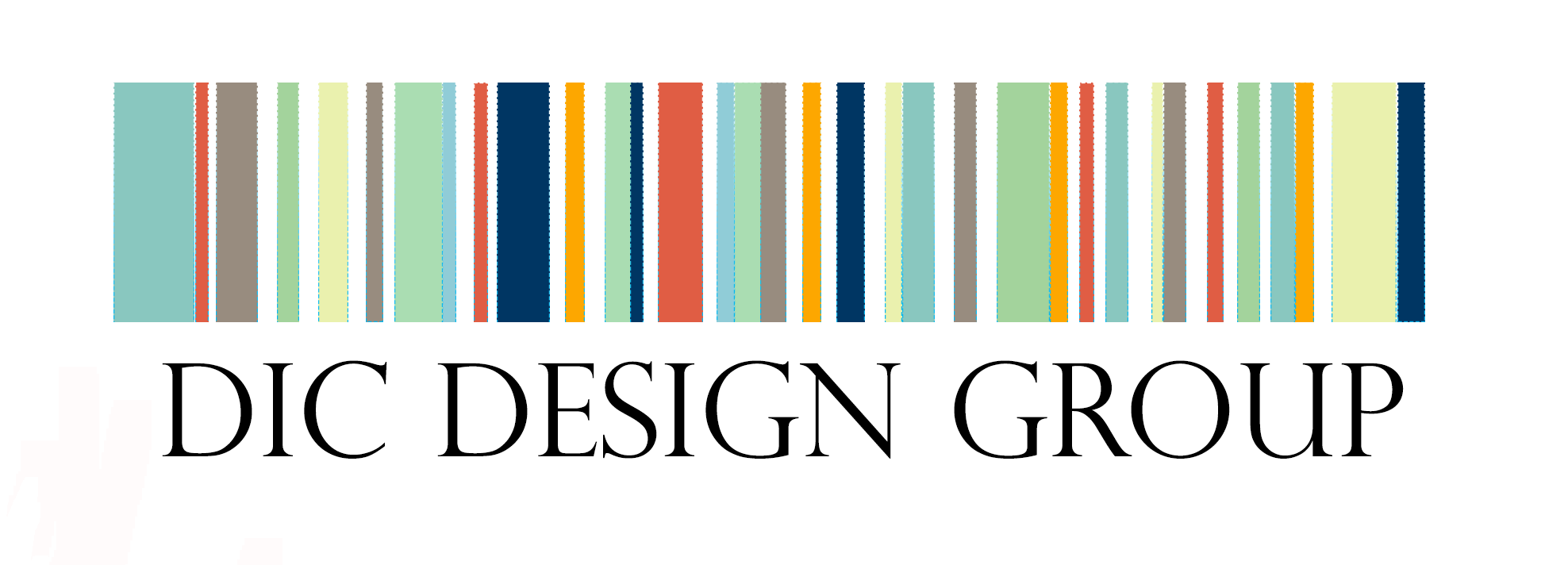Why You Need a Designer

You're ready to embark on the biggest project of your life. Either building a new home or remodeling the existing one and you keep asking yourself "do I need a designer"? You've watched several DIY shows on HGTV, you've collected a collage of ideas on Pintrest and you have an eye for color, but do you understand the process of design from conceptual ideas to construction? Do you have the necessary resources and most important do you have the time to collectively gather all the information of the project and manage it?
Probably not......and this is "Why you need a designer". What I mean by this is a professional who can guide you through the process - step by step to final completion.
The building process is lengthy, especially now with labor and supply chain issues. Not to mention acquiring building permits and building your team of contractors. And let's face it, your home is one of the best investments you'll ever make - so using quality materials, appealing features throughout and applying items that are timeless in design is what will add equity to that investment. So... let's talk about some of the elements a designer can offer:
RESOURCES & DISCOUNTS:
Resourcing, designers visit showrooms on a frequent basis and once they understand your budget, lifestyle and desires - they can take you directly to that resource. They also have relationships with the resources (showrooms) therefore creating working relationships that can handle any upcoming/unforseen issues. A good professional designer, will stay up to date on these resources and its best to only work with one that can offer you this service.
When is come to discounts, each designer may offer different types of programs to assist you with the purchasing of items. At my firm, I pass along any discounts to my clients, as long as they buy direct from the supplier or retail. However, if I have to process the point of sale through my company, then I do charge a minimal mark-up to cover my administration costs. It is also important to recognize that you are NOT going to SAVE MONEY by hiring a designer. What you will SAVE is preventing costly mistakes and possible change orders while the project is under construction.
KNOWLEDGE & EXPERTISE:
Product Knowledge is the key to good design. Whether you are a designer or general contractor. A professional will always be working on continuing education, learning new techniques, attending industry events and learning how to improve their skills upon applying the latest technology and trends of materials. Now, when it comes to expertise, how do you verify what a designer knows in relation to your project.? The best conclusion is years in the industry and a proven portfolio of work. A license, or a design degree doesn't always mean someone is an expert. Expertise comes from working experience, the opportunity to have made mistakes along the way and with many successes. I will always state this phrase with new clients when they are about to make a bad choice, "I highly recommend...." meaning listen to what I am stating because I made this mistake in the past. My clients have contracted with me to assist them with their project and rely on me to guide them.
PREVENTING COSTLY MISTAKES:
Throughout my career of twenty five years, I have seen some pretty "wacky" installation and design features within interior spaces and asked myself... "who in their right mind would have ever suggested or allowed this"? Bad design is bad design and often very costly. Not saying that I haven't made a few mistakes or two, but it only takes 1x time to learn the hard way. I recall hearing these statements, "gee, wall feature looked so cool in the magazine, or that tile design was really a unique and trendy - even though it coordinated with nothing in the space or the sofa sectional that would fit in the elevator - when you lived on the 19th floor of the building". So how do you NOT make those mistakes? The answer is.. with planning. The key element in design and with a designer. Your designer should have technology and the skill set to be able to illustrate the design layouts, placement of object, colors, textures, patterns and lighting design. Lighting fixtures is always important with heights of ceilings, pitch or cathedral ceilings and beams. Through scale and illustration, you can get a pretty strong feel of the finishes and items you're selecting and if they will coordinate well.
PROJECT MANAGEMENT:
Depending on the size of the project, I would consider Project Management another important factor in the success of your project and a service that a design team should offer. This doesn't mean someone on the jobsite, overseeing the process from 9-5. It means someone who is in charge of administrative aspects of the project. Such as scheduling, procurement, organization of documents, plans and specifications. Again, as previously stated, projects are typically, one year out with building, sometimes longer and many changes, revisions, upgrades, damages to products will happen and you will need to keep track of all this paperwork to keep the process running smoothly. Ask this question, who will be taking on this role?
PROVIDING VISUALS & ILLUSTRATIONS:
Interior Designers, Decorators even Architects provide visuals and illustrations in some type of form, be it Floor Plans in AutoCAD, 3D renderings, Colorboards or Hand-sketched drawings. If they don't provide this service, you will probably have a costly misunderstanding down the road. It is important that you understand the scale of the space, how all the design elements function and balance together. Gathering and collecting as many samples and swatches as possible in order to feel the textures, weight and see the color or patterns within the space. Because computer generated photos will have a different pixelation, you'll need to acquire as many samples as possible to blend with your finishes.
BUDGETING:
Does anyone ever really stick to a budget? The answer is NO, however understanding what your limitations are and what your wallet can afford is very important! I like to use a form I created within Excel - because I can easily assist my clients with running total of what items cost using different catagories throughout rows and columns of the software.
Using this form, will help you add/subtract from areas - and trying to balance costs throughout the planning process. Too many times, I have seen my clients spend most of their budget on the front end of the project, and then when they got near the end, the ran out of money for window coverings which caused an enormous monthly heating and cooling bill or small details like the plumbing fixtures accessories (toilet paper holder or towel rings etc...)
CREATIVE DESIGN APPROACH:
Designers as a whole, are constantly resourcing products, visiting showrooms and always looking for innovative ideas. This is where the added value is really appreciated. A talented designer with a "good eye" for design and understanding of variety of products can offer solutions to problematic areas, imaginative concepts and a different approach - to the space you would've never thought could be possible. You will need this when fashioning your project. A successful designer will always be attending industry tradeshows, upgrading technology and furthering education to increase their design skills. Because in this industry, your price is based on your knowledge, experience and portfolio!
.
